Introduction
The rigid, woody, medium-green foliage of cardboard plant emerges from a large underground storage root and forms a loose, spreading, symmetrical rosette. Providing a tropical landscape effect, cardboard plant's mounding growth habit is ideally suited for use in containers or as a specimen. Several can be planted together for a lush, tropical effect. They also create a dramatic effect when mass-planted in a shrub border, eventually reaching to 6 or 8 feet tall. Plant on 3- to-5-foot centers to create a mass planting.
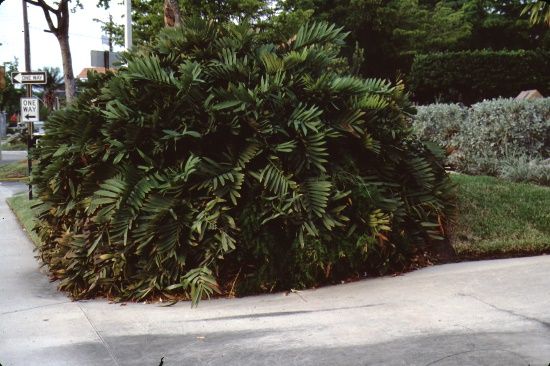
Credit: Edward F. Gilman, UF/IFAS
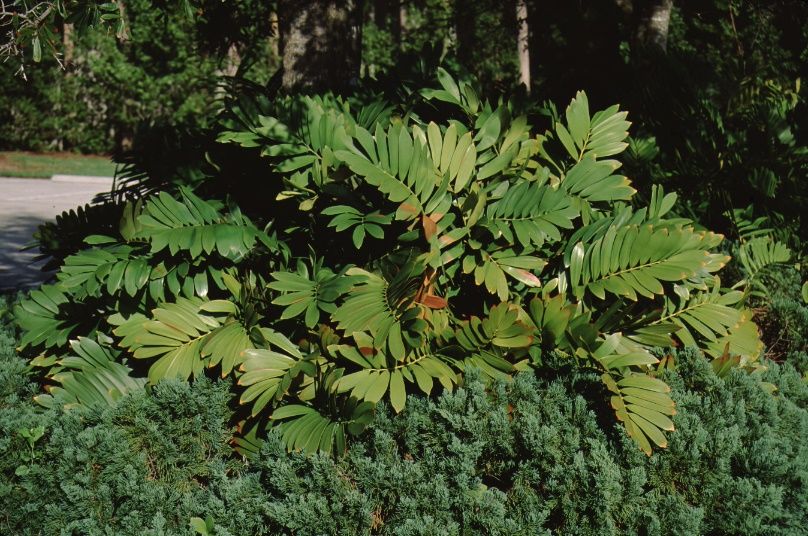
Credit: Edward F. Gilman, UF/IFAS
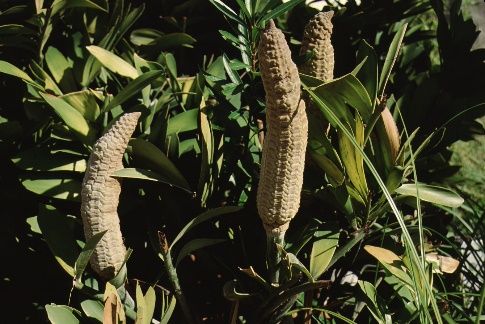
Credit: Edward F. Gilman, UF/IFAS
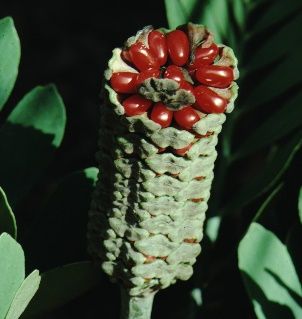
Credit: Edward F. Gilman, UF/IFAS
General Information
Scientific name: Zamia furfuracea
Pronunciation: ZAY-mee-uh fer-fer-RAY-see-uh
Common name(s): cardboard plant, cardboard cycad, cardboard palm
Family: Zamiaceae
Plant type: shrub
USDA hardiness zones: 9B through 11 (Figure 5)
Planting month for zone 9: year-round
Planting month for zone 10 and 11: year-round
Origin: native to North America and Mexico
Invasive potential: caution – may be recommended by UF/IFAS faculty but should be managed to prevent its escape (reassess in 2 years)
Uses: border; mass planting; container or above-ground planter; specimen; suitable for growing indoors; accent
Availability: somewhat available, may have to go out of the region to find the plant
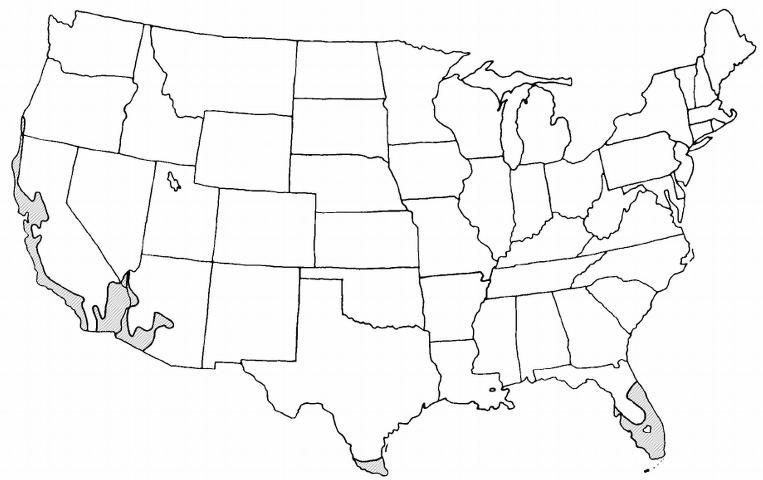
Credit:
Description
Height: 2 to 5 feet
Spread: 5 to 8 feet
Plant habit: round
Plant density: moderate
Growth rate: slow
Texture: coarse
Foliage
Leaf arrangement: spiral
Leaf type: even-pinnately compound
Leaf margin: serrate
Leaf shape: obovate
Leaf venation: parallel
Leaf type and persistence: evergreen
Leaf blade length: 4 to 8 inches
Leaf color: green
Fall color: no fall color change
Fall characteristic: not showy
Flower
Flower color: no flowers
Flower characteristic: no flowers
Fruit
Fruit shape: elongated
Fruit length: 3 to 6 inches
Fruit cover: dry or hard
Fruit color: red
Fruit characteristic: showy
Trunk and Branches
Trunk/bark/branches: not particularly showy; typically multi-trunked or clumping stems
Current year stem/twig color: not applicable
Current year stem/twig thickness: not applicable
Culture
Light requirement: plant grows in part shade/part sun
Soil tolerances: alkaline; sand; acidic; loam
Drought tolerance: high
Soil salt tolerances: good
Plant spacing: 36 to 60 inches
Other
Roots: usually not a problem
Winter interest: no special winter interest
Outstanding plant: plant has outstanding ornamental features and could be planted more
Pest resistance: no serious pests are normally seen on the plant
Use and Management
Growing in full sun or shade, cardboard plant tolerates a variety of well-drained soils. Watering should be done with moderation because plants are drought-tolerant once they become established. This plant is under-utilized, probably because of the slow growth rate. But patience is rewarded because this is one of nature's most attractive plants. It adapts easily to indoors as a house plant.
Propagation is by seed, which germinates fairly well several months after being cleaned and planted, or by division.
Pests and Diseases
Florida red scale is the main pest problem and can prove fatal if left unattended.
No diseases are of major concern.